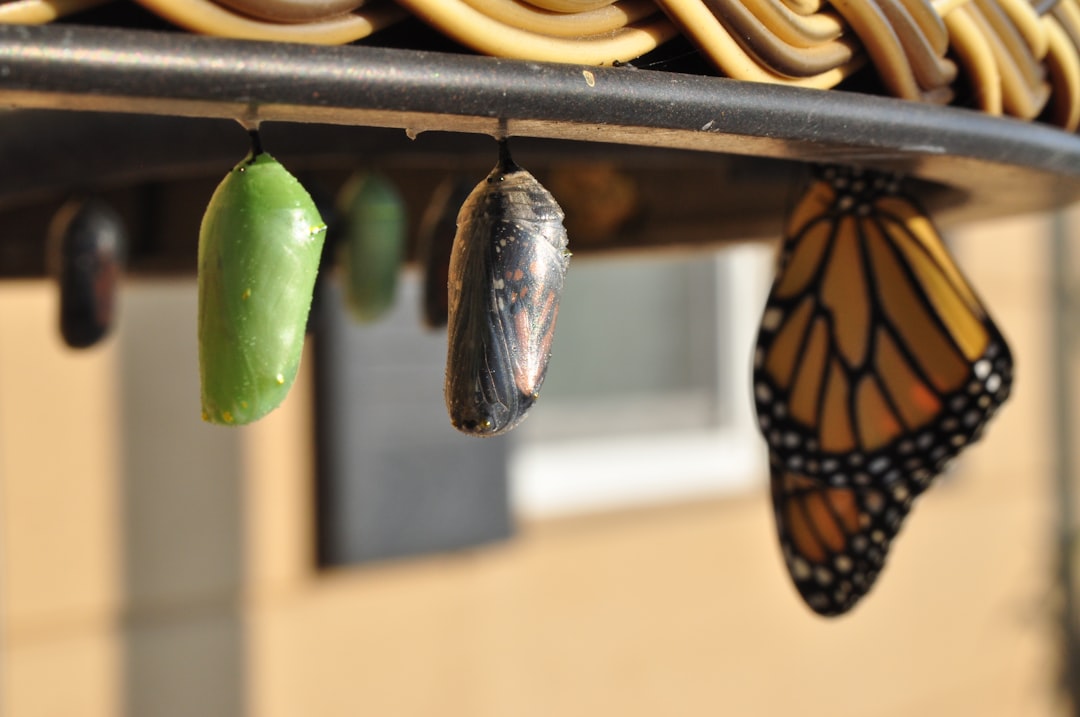Population ecology is a fascinating field that explores how species grow, interact, and fluctuate over time. It provides essential insights into the balance of nature and the forces that shape the abundance and distribution of organisms. In this post, we’ll delve into the core concepts of population ecology, examine the factors that influence population dynamics, and explore the interactions that underpin ecosystems.
What is Population Ecology?
At its heart, population ecology is the study of groups of individuals of the same species and how their numbers change over time and space. It considers not only the size of these populations but also the structure, distribution, and the myriad interactions that influence them. By understanding these dynamics, ecologists can predict trends, manage wildlife, and address conservation challenges.
Key Concepts in Population Ecology
1. Population Growth Models
Population ecologists use mathematical models to understand how populations change. Two primary models are:
-
Exponential Growth:
In an idealized environment with unlimited resources, populations can grow rapidly. Exponential growth is characterized by a constant growth rate, leading to a J-shaped curve. However, this model rarely occurs in nature for long periods because resources are finite. -
Logistic Growth:
More realistically, populations experience logistic growth where the growth rate slows as the population approaches the carrying capacity—the maximum number of individuals that the environment can sustain. This results in an S-shaped (sigmoidal) curve that levels off as resource limitations kick in.
2. Carrying Capacity and Limiting Factors
-
Carrying Capacity:
This concept defines the upper limit of population size that an environment can support sustainably. It is influenced by the availability of resources like food, water, and shelter. -
Limiting Factors:
Various biotic and abiotic factors limit population growth. These include:-
Food and Water: Availability of essential resources.
-
Predation and Disease: Natural checks that control population size.
-
Space: Physical area available for habitation.
-
Environmental Conditions: Temperature, climate, and seasonal changes that affect survival and reproduction.
-
3. Population Structure and Demography
Understanding the composition of a population is crucial. Demographic studies focus on:
-
Age Structure: How many individuals belong to different age groups, which influences reproduction and survival rates.
-
Sex Ratio: The proportion of males to females, which can impact mating dynamics and future population growth.
-
Density: The number of individuals per unit area, affecting competition and resource use.
Species Interactions in Population Dynamics
Populations rarely exist in isolation. Their interactions with other species—whether competitive, predatory, or mutualistic—profoundly shape their dynamics:
1. Predation and Herbivory
-
Predation:
Predators help control prey populations, maintaining balance within the ecosystem. This interaction often leads to fascinating evolutionary arms races, where prey evolve better defense mechanisms and predators, in turn, develop more effective hunting strategies. -
Herbivory:
The consumption of plants by herbivores can regulate plant populations and influence the structure of plant communities.
2. Competition
-
Intraspecific Competition:
Occurs when individuals of the same species compete for resources such as food, mates, or territory. This competition can lead to the evolution of traits that improve resource use efficiency. -
Interspecific Competition:
Happens between different species that vie for the same resources. This dynamic can drive niche differentiation, where species evolve to exploit different resources or habitats to reduce direct competition.
3. Mutualism and Symbiosis
Not all interactions are competitive. Mutualistic relationships, where both species benefit, play a key role in population dynamics. Examples include pollination relationships between plants and insects, or the partnership between certain fungi and plant roots (mycorrhizae) that enhances nutrient uptake.
Why Population Ecology Matters
Understanding population ecology is crucial for several reasons:
-
Conservation and Management:
By predicting population trends, ecologists can design better strategies to protect endangered species, manage overpopulated wildlife, and restore ecological balance. -
Ecosystem Health:
Population dynamics directly impact ecosystem functions such as nutrient cycling, energy flow, and overall biodiversity. -
Human Impact:
Human activities—from habitat destruction to climate change—can dramatically alter population dynamics. Understanding these impacts helps in developing sustainable practices and mitigating adverse effects on nature. -
Disease Control:
Population studies are vital in epidemiology, helping to predict how diseases spread through wildlife and human populations and guiding public health interventions.
Conclusion
Population ecology provides a window into the complex dynamics of life. From the rapid changes driven by exponential growth to the balancing act of logistic models, each population tells a unique story of survival, competition, and adaptation. By studying these patterns, scientists gain valuable insights that inform conservation efforts, resource management, and our understanding of the natural world.
As we continue to face environmental challenges, a deep understanding of population dynamics becomes ever more critical. It reminds us that every species, no matter how small, plays a role in the intricate web of life—and that our actions can ripple through ecosystems in profound ways.
What are your thoughts on population dynamics? Have you observed any interesting species interactions in your local area? Share your experiences in the comments below and join the conversation!

Comments
No comments yet. Be the first to comment!
You must be logged in to comment. Login